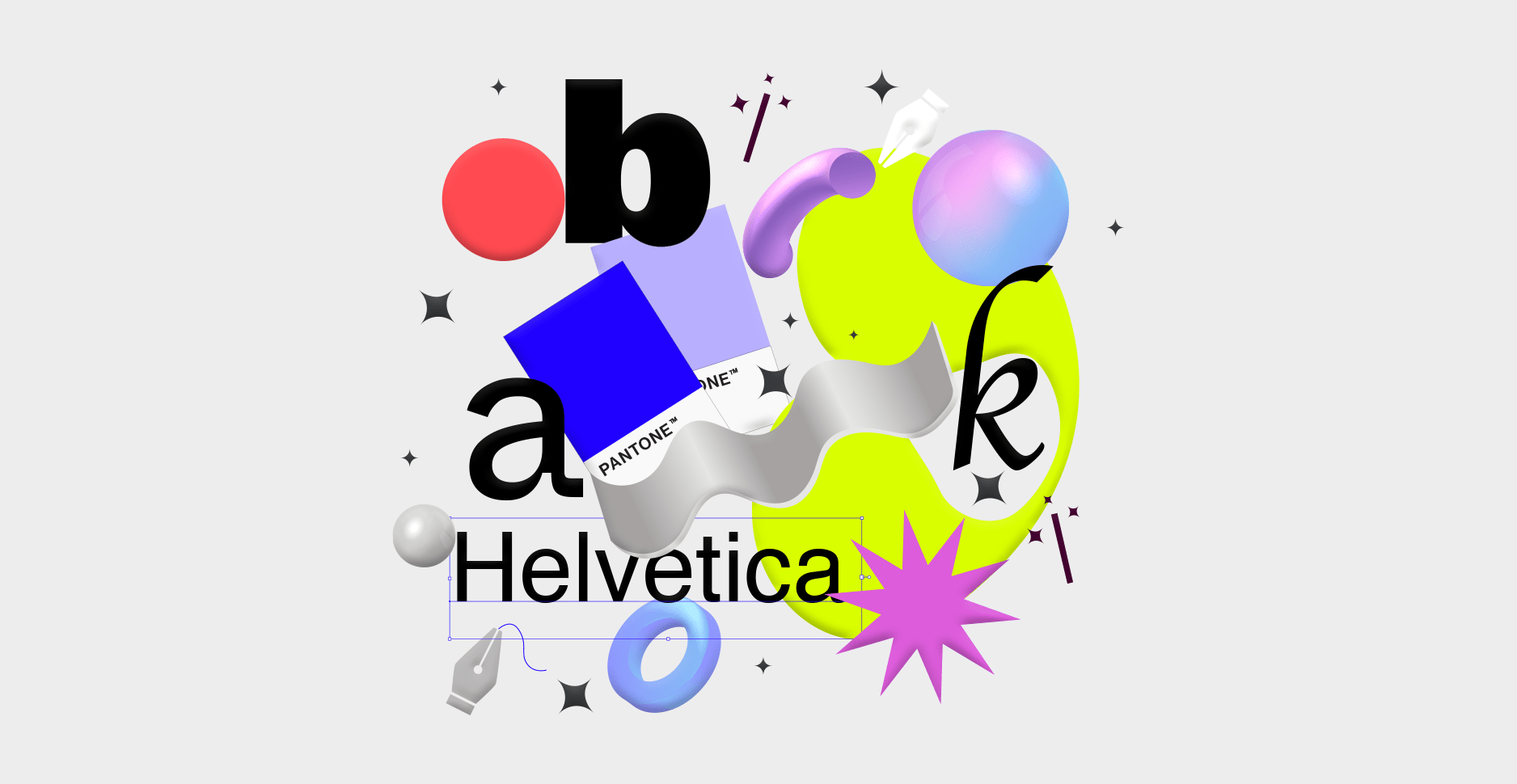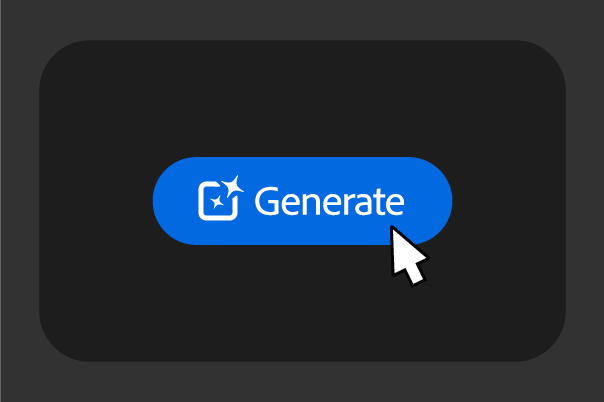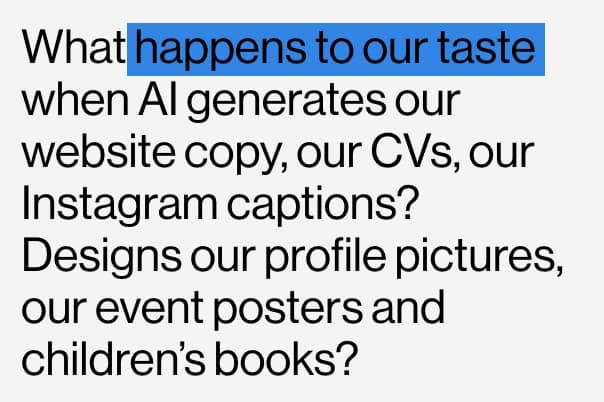
CATEGORY
Creative Insights
WRITER
Rebecca
ARTICLE
How data affects the way we design
DATE
20.04.23
HOW DATA AFFECTS THE WAY WE DESIGN
Data and Creativity
Working with design, marketing, and advertisement, the last few years have very much been defined by a growing reliance on data to tell us whether "something is working" – or not. And more and more often "what" or "how" we should design.
Data gives us the means to track success – and let's be honest, it's great to have a way of "proving that what you do works". Being able to show the value of design and communication to a business in similar ways to a sales or finance department, definitely helps to explain and to get sign-off on budgets or ad spend for example.
Optimisation vs. humanity
There is however a strong element of emotion to design that is impossible to be measured accurately. Is there a risk that we are measuring the creativity out of the creative? That we erase innovation and wonder, intuition and individuality? Does modern data-driven marketing and design do justice to our instinct, inspiration, and deep knowledge? Are thoughts we can't vocalise and measure, less valuable?
Is the design process being homogenised through data? Trending typefaces, trending colours, trending styles. If all designers worldwide view and access the same visual resources pushed and promoted by data, will everything end up looking the same?
What makes us so interesting as humans is our diversity. Our different backgrounds, our different life stories, our different characters, thoughts, and ways of seeing the world. Can data ever capture that? Or AI for that matter, but that is for a different article.
Power to the Data – so what does this mean?
I'll bet that even if you understand algorithms, know your way around social media and digital services, you are not immune to being led by data.
Sometimes we all just want to take the easy route, like falling water - the way of least resistance. In the same way that even a great cook who appreciates cooking will at times reach for a ready meal - or at least an instant sauce. Because, at the end of the day, we may be tired, short of time, or don’t want to debate what to watch, listen to, or read.
How often do we end up watching a video that we do not actually love, enjoy or agree with, simply because we are pulled in by the loud, controversial opening statement?
How often do we consume the same type of content that we are already familiar with, just because it is comfortable to remain inside an opinion bubble that doesn't challenge our status quo, that doesn't require us to question our beliefs?
So when we say “most clicked on news article”, “most liked Instagram post”, “most popular Netflix show” – how much of that is genuinely based on what people liked/were interested in - and how much is the company making use of the “way of least resistance” programming in the human brain to push their own agenda? The content that makes them the most money, the content they want you to see, the content they believe will make you “REACT”. Our reactions and our emotions are the currency of any database-driven business.

Manipulating Data
This morning I noticed that when searching for accommodation on a well-known booking platform, a new small disclaimer had appeared at the top of the app. "Commission paid and other benefits may affect an accommodation's ranking".
It made me stop and think - so we are led to believe that the algorithm shows us what is best for us, what matches our search history and previous bookings - let's call it "our taste" in accommodations. But even within that, there is ample room for monetisation where businesses can pay to be shown at the top of the page.
So where does that leave us - as humans, and as designers? Data is undoubtedly very useful (in fields such as sociology, medicine, and many others).
But what about data and design? Data and creativity? There are certainly many benefits to be drawn from data - learnings that can make designs more diverse, more accessible - and more beneficial to us humans. But I don't think we are there yet. Our current understanding (and use) of data in marketing is still vague and thus open to both manipulation and (involuntary) homogenisation and bias. Data in design and creativity does certainly have its place and value. As long as we bear in mind that it isn't the be-all and end-all. That it is only a part of the puzzle - and that we need intuition and individual design thinking to complete the picture.






